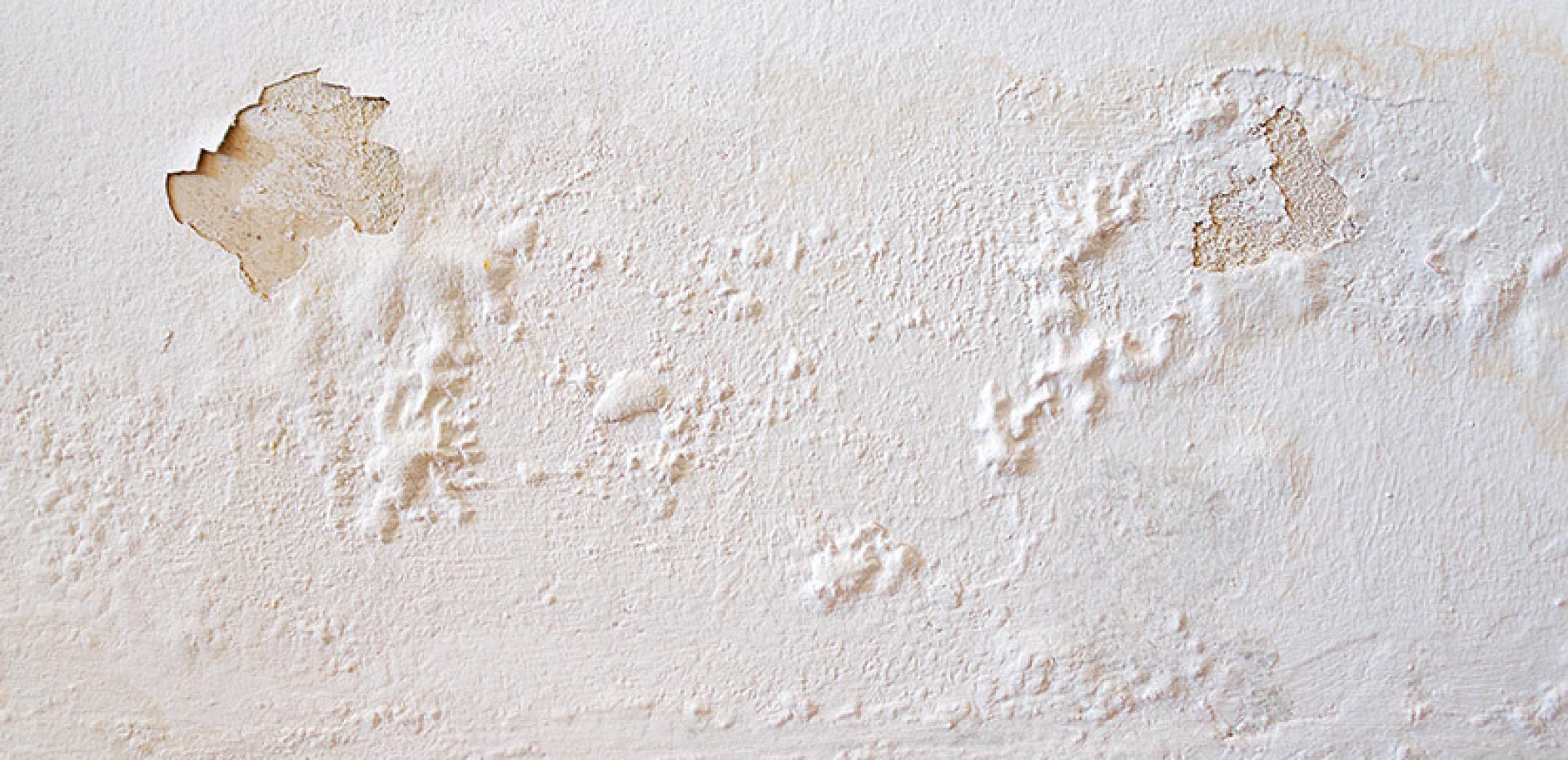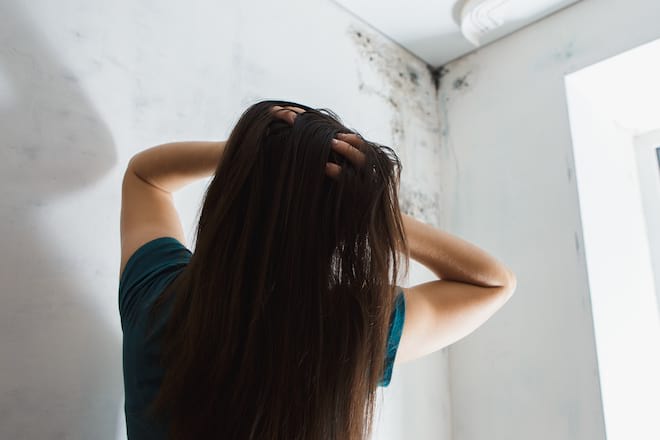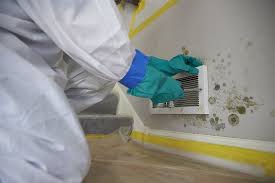What Happens If You Paint Over Mold?
When you paint over mold, you could be putting the health of your home and family at risk. Painting over mold will not kill mold or stop new mold from growing. According to the CDC, mold can cause nasal stuffiness, throat irritation, coughing or wheezing, eye irritation, skin irritation, and more severe reactions in immune-compromised people.
Keep in mind that:
- Paint does not kill mold.
- Paint that is mold-resistant only works proactively, not reactively.
Painting over mold is a quick-fix many homeowners or landlords jump to because it’s cheap, or at least they think. If you paint over mold, it will return in its original form or the form of chipping, bubbled or cracked paint. In the long run, this could cost more than it would have been to receive mold remediation services in the first place.
Steps to Take Instead of Painting Over Mold
When you choose to not paint over mold, you are choosing safety and a quality environment. When you go with proper mold remediation services instead, your paint will last longer and you will have the peace of mind knowing you found and eliminated the root cause – and the likelihood of more future mold issues.
How Do I Prevent Mold After Remediation?
After professional remediation, you’ll want to do everything you can to prevent the problem from returning. There are a variety of ways to prevent mold. They will require continued diligence and maintenance. Ultimately, the work put into your home to keep mold away will keep yourself, family and household safe.
- Mold-resistant primer
Before embarking on your painting journey, be proactive and use a mold-resistant primer. This is especially important for rooms where moisture is prevalent, like the bathroom or kitchen.
- Take control of your humidity
By making sure your home stays dry and well ventilated, you are helping to prevent the development of mold. Dehumidifiers can help in the prevention of mold, as well.
- Properly dry and clean spaces where leaks or floods have occurred
- Making sure all spaces are completely dry is a huge step toward preventing mold. If you have spaces in your home that are notorious for leaking or flooding, regularly check in on them and dry the area with a towel, as needed.

Moisture Problems That Cause Mold Growth
It is quite difficult to prevent mold growth without proper moisture control. Water intrusion or high levels of humidity can cause mold issues. Surface or groundwater may enter your home because of poor foundation drainage. Rainwater can get into a home through leaks in the roof, windows, or walls. It can also seep through the cement floor in buildings that have a slab construction, causing mold to grow on carpets, drywall, or furniture.
Mold can also grow on damp materials or rooms with poor ventilation since there is no free circulation of air. If the relative humidity indoors is maintained below 60 percent, and there are no cold-condensing surfaces, then there will be no enough moisture for mold to grow. However, cutting off any sources of moisture may dry out mold and prevent it from multiplying but they do not die easily.

How do I know when professional mold removal is complete?
There are two different ways to know when mold is removed.
- Visual: You might see that all mold is gone is away, but hidden mold colonies and mold spores can linger in hidden places and in the air. So visual inspection is not the best way to insure complete removal.
- Third party testing is usually the best way to test for complete mold removal verification.
Your mold removal company should not test as this is a conflict of interest and State Of Maryland residents be aware that there is a law that states that a mold removal company must have certain certifications and cannot test at the same time as the remediation. Please also beware that there are different kinds of testers ranging from home inspectors to industrial hygienists. Please ask your independent tester if their tests, in writing, will stand up in court.

How to Avoid Having a Mold Damage Claim Denied
There are several things you can do to prevent mold and/or improve the odds of having your claim approved if you incur mold damage.
On the prevention side, you can:
- Install dehumidifiers in areas that are prone to dampness
- Regularly check plumbing pipes and fittings to look for leaks
- Adequately ventilate bathrooms, laundry rooms, kitchens, and other areas of your home where mold may have an opportunity to grow
- Keep gutters clean to prevent the formation of ice dams in winter, which can lead to leaks
- Regularly inspect your roof—and around windows and doors—and caulk cracks that could allow water to leak in
- Properly insulate interior and exterior pipes in winter to avoid breakages or leaks
- Routinely check appliances and hot water heaters for signs of leaks
If you have to file a claim for mold damage:
- Properly document the damage with photos and/or video
- Provide up-to-date maintenance records if you have them
- Follow any and all instructions the insurance company gives you to process the claim
- Contract approved mold removal companies to clean up the damage
Using Your Mold Fogger for Optimal Effectiveness
How you use your mold fogger affects how well it can do its job. Correct use varies by equipment, so always follow the manufacturer’s directions. The basics are simple:
- Prepare the area by removing or covering electronics and items that might be damaged by moisture, such as paper and delicate textiles.
- Add the mold fogging liquid to the fogger tank and adjust the settings. The finer the mist, the less risk of damage.
- If you’re using a handheld fogger, hold it 18 to 24 inches away from the surfaces you want to treat. For a stationary fogger, place it a minimum of 18 inches away from any surface.
- Let the fogger run for around 10 minutes. For a stationary fogger, turn the equipment by a one-quarter turn every two or three minutes to prevent run-off.
- Turn the fogger off, leave the room, and let the fog dissipate for around half an hour.
- Dry the area by opening windows or turning on fans. Leave again until the area is thoroughly dry.